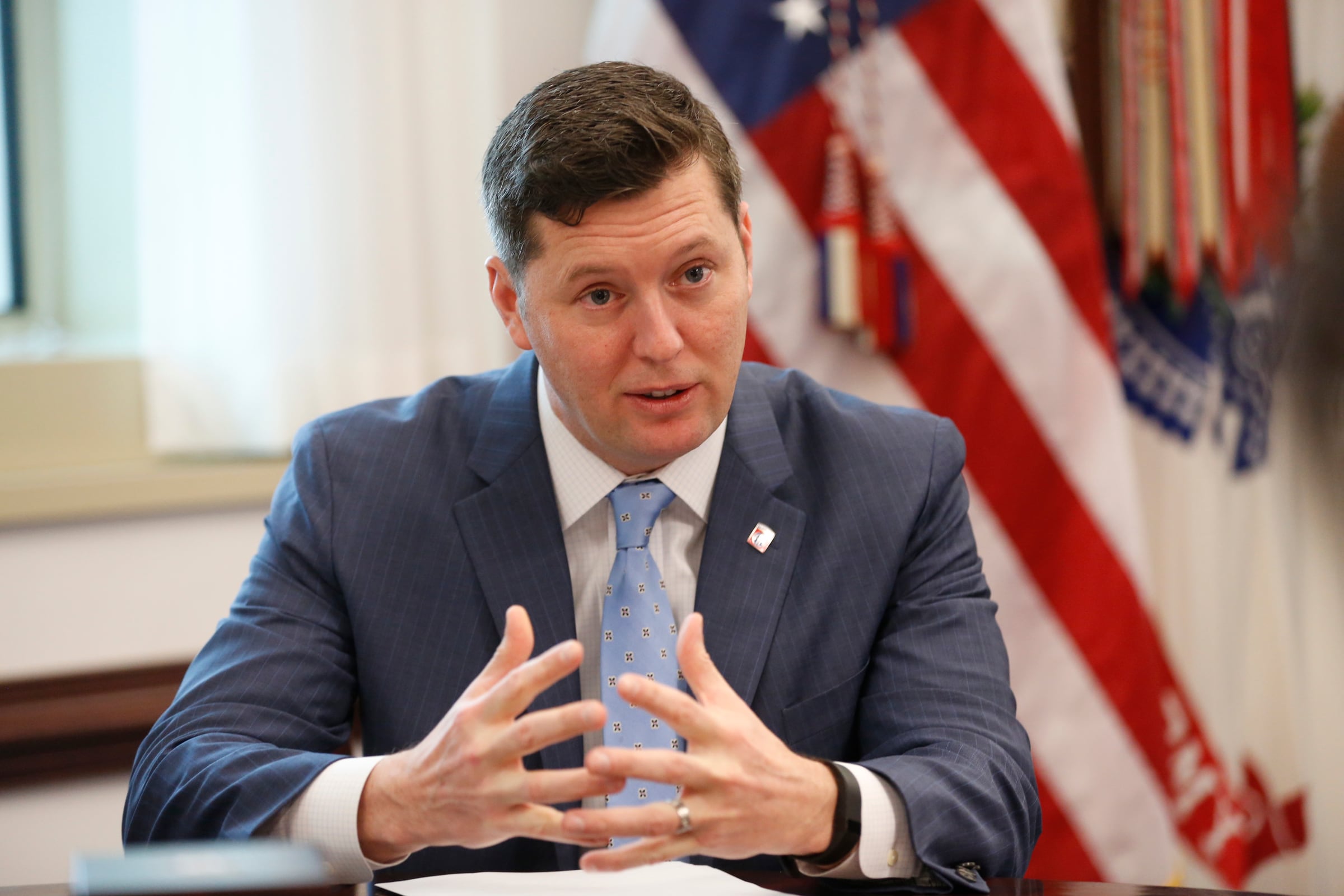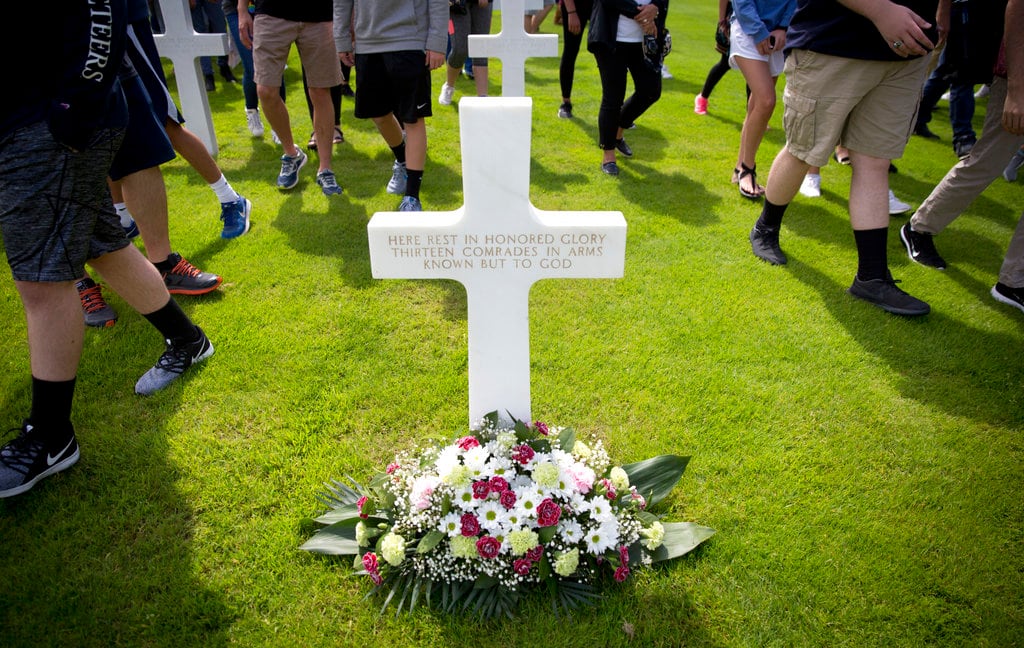The Army is on the eve of rolling out new MOS-specific, gender-neutral fitness tests, and new details have begun to emerge.
The tests "should be good to go by June," said Patrick Murphy, acting Army secretary, in a Tuesday interview with Army Times. That plan, and others related to adding women into previously closed military occupational specialties, is contingent on Defense Department approval.
While no final decisions have been made, it's unlikely every MOS will get its own fitness test, owing to the impracticality of creating and conducting one for each specialty, Army test-developers said. One solution could involve implementing a single test and creating a tiered scoring system — soldiers with high marks could serve in the most physically demanding jobs, while those who eked out passing grades would have their MOS options restricted.
The tests likely will incorporate exercises that soldiers will need on the battlefield, Murphy said, and they are expected to revolve around "advanced individual skills that are MOS-specific, gender-neutral and standards-based."
The tiered approach is the cornerstone of the four-event Occupational Physical Assessment Test, which all recruits will take starting this summer.
OPAT, APFT, CFA and you
The OPAT is gender-neutral and MOS-specific, according to the CIMT. It includes a standing long jump, a dead lift, an aerobic interval run and a "seated power throw," a gauge of upper-body strength that represents loading ammunition, according to a Feb. 8 video that gave an overview of the test.
Other details, provided by CIMT after the video's release:
- Scoring procedures for the events haven’t been determined, but unlike the Army Physical Fitness Test, plans call for one system across all ages and genders.
- It’s expected that all MOSs will be ranked in a three-tier system. Recruits with scores that fall short of Tier 1 (high-demand) in a given event, for instance, won’t be eligible for specialties in that tier.
- Recruits must meet the Tier 3 standards to join the Army.
- Re-tests will be allowed with time frames and limits to the number of tests to be determined, similar to existing rules regarding the Armed Services Vocational Aptitude Battery.
- Like the APFT, the OPAT can be administered to one person or in a group setting.
There are similarities to the Candidate Fitness Assessment, a test required by the U.S. Military Academy that includes a basketball throw, shuttle run and pullups (flexed-arm hang option for women), as well as more familiar fitness-test events: Pushups, situps and a run (one mile, instead of the two required in the existing Army test).
Murphy, a former assistant professor at West Point, said the eventual Army test could be similar to the CFA, but with clear standards that are "open for everybody."
"Most women aren't going to be able to meet the infantry MOS standard, just like most American men can't meet the infantry MOS standard," Murphy said. "And that's OK. But if you want to aspire to be an infantry soldier, if you want to be an airborne Ranger in the 82nd Airborne Division, you're going to have to meet a certain standard."
When it comes to setting those standards, considerations like gender, height and weight are "largely immaterial," according to information from CIMT, and that while age could play a part, it would be "as a function of the changes in job requirements that come with age/seniority."
The Army has a simple leadership philosophy that says "you get what you measure," Murphy said.
When he was a paratrooper in the 82nd Airborne, Murphy said he trained to max out his PT test because he knew how fast he had to run and how many pushups and situps he had to do.

Patrick Murphy, acting Army secretary, said standards for upcoming fitness tests will be job-specific and stringent, but that soldiers will rise to the challenge.
Photo Credit: Mike Morones/Staff
"I met the standard or exceeded it because I knew what the standard was to max it out," he said.
"You just have to be clear with our soldiers. So that's why, when we articulate what those MOS-specific standards are, they'll get after it and they'll do great."
Kevin Lilley is the features editor of Military Times.
Michelle Tan is the editor of Army Times and Air Force Times. She has covered the military for Military Times since 2005, and has embedded with U.S. troops in Iraq, Afghanistan, Kuwait, Haiti, Gabon and the Horn of Africa.





